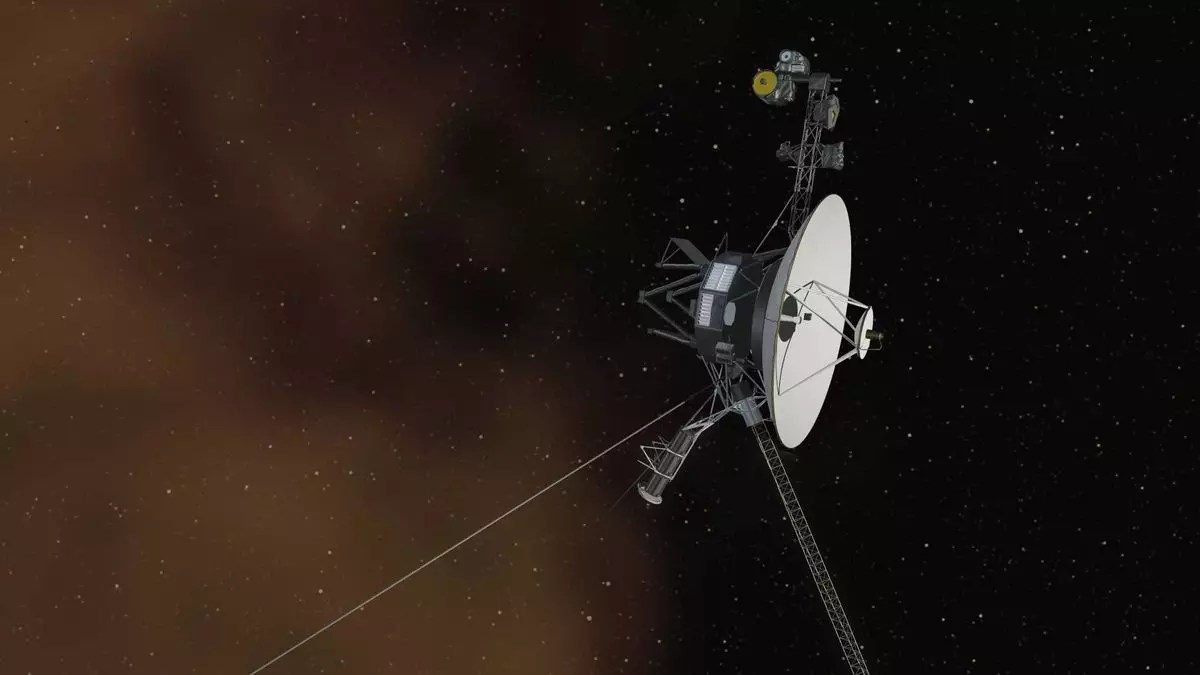Recently, NASA faced a puzzling issue with their long-running spacecraft, Voyager I. The spacecraft, launched in 1977, had been dutifully sending back data from the depths of interstellar space until November 2023, when the data received was nothing but a repeated pattern. This unexpected turn of events left engineers scratching their heads and scrambling to find a solution to the problem.
After extensive investigation, it was discovered that the ancient memory chip responsible for the Flight Data Subsystem (FDS) had failed. The failure of this chip meant that the Telemetry Modulation Unit (TMU) was unable to communicate effectively, resulting in the transmission of meaningless data. This revelation shed light on the incredible resilience of the Voyager spacecraft, which had been functioning for over four decades despite the inevitable wear and tear.
Fixing the issue with Voyager I was no simple task. With the spacecraft located over 15 billion miles away, any communication with it involved significant delays. Sending instructions to Voyager I and receiving a response required a waiting period of approximately 22.5 hours each way. Despite these challenges, NASA engineers diligently worked on developing a solution to the problem, which involved identifying the lost code and transmitting it to a new memory chip.
Resilience and Perseverance
The successful relocation of the memory code in Voyager I marked a significant milestone in the spacecraft’s journey. With the spacecraft now able to report its status accurately, NASA engineers can continue the process of moving the FDS code into other memory locations. This progress paves the way for Voyager I to resume sending valuable scientific data back to Earth in the coming weeks.
While Voyager I’s resilience is truly remarkable, it is important to acknowledge the limitations of its lifespan. As the spacecraft’s RTG gradually loses power, it is inevitable that Voyager I will eventually fall silent. By 2036, even if the spacecraft remains operational, it will be out of reach for NASA’s Deep Space Network. Despite the uncertainties surrounding its ultimate fate, Voyager I’s legacy of groundbreaking discoveries will forever stand as a testament to the dedication and expertise of NASA scientists and engineers.
The recent challenges faced by Voyager I highlight the incredible resilience and perseverance of both the spacecraft and the team of engineers working tirelessly to ensure its continued operation. As we marvel at the remarkable achievements of Voyager I, we are reminded of the boundless possibilities of human exploration and the enduring spirit of discovery that drives us to push the boundaries of what is possible in the vast expanse of space.


Leave a Reply